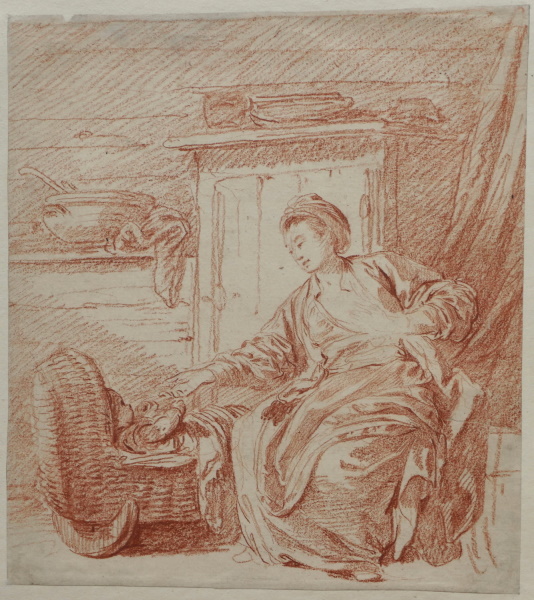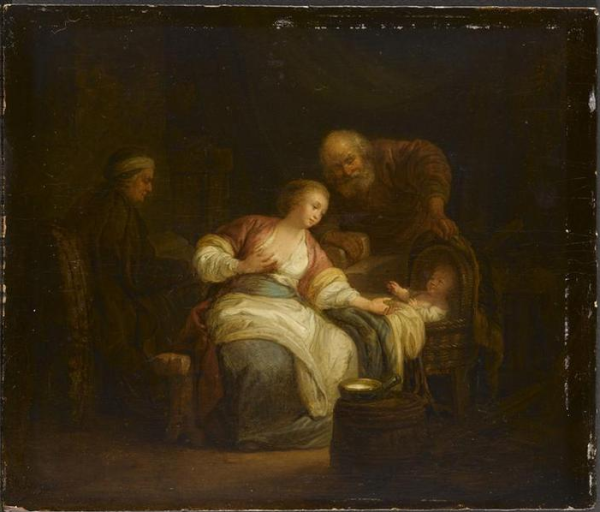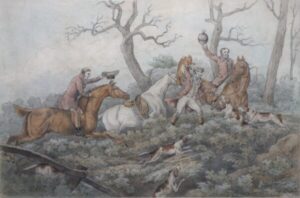Prince, Jean Baptiste Le (1734-1781)
Two influences were paramount for Jean-Baptiste Le Prince: his teacher François Boucher and his stay in Russia. Born to a family of ornamental sculptors and gilders, Le Prince began studying with Boucher around 1750. His master's tightly controlled brushwork and highly finished surfaces influenced him greatly, along with Boucher's affection for scenes with shepherds and shepherdesses.
By 1757 Le Prince was painting at the Imperial Palace in Saint Petersburg. He traveled extensively in Russia, perhaps even to Siberia. Returning to Paris five years later and eager to make a name for himself, Le Prince created paintings and etchings of the Russian countryside and daily life, often using Russian costumes and small mannequins to get the exactitude he desired. Le Prince not only became famous for creating this new kind of genre picture, but he also perfected the technique of making aquatints.
Upon becoming a member of the Académie Royale in 1765, Le Prince exhibited fifteen paintings at that year's Salon, all Russian subjects. The Beauvais Tapestry Manufactory wove his Russian Games tapestry cartoons many times. After 1770 Le Prince's health declined and he left Paris for the French countryside, where he painted landscapes and pastoral subjects.





